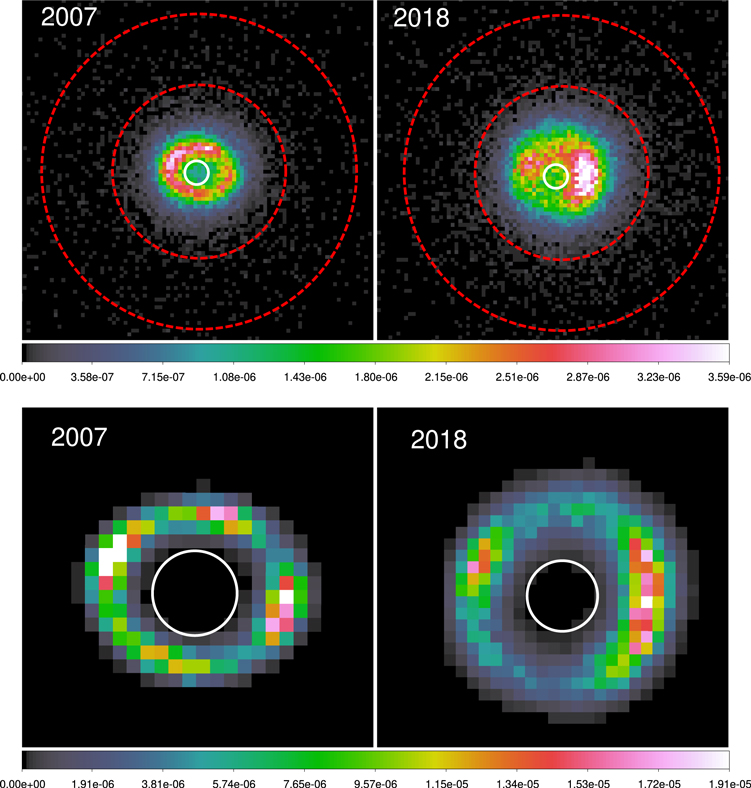Observations collected with the Atacama Large Millimeter/submillimeter Array (ALMA) and analysis of broadband X-ray spectra have recently suggested the presence of a central compact object (CCO) in SN 1987A. However, no direct evidence of the CCO has been found yet. Here we analyze Chandra X-ray observations of SN 1987A collected in 2007 and 2018, and synthesize 2027 Chandra and 2037 Lynx spectra of the faint inner region of SN 1987A. We estimate the temporal evolution of the upper limits of the intrinsic luminosity of the putative CCO in three epochs (2018, 2027, and 2037). We find that these upper limits are higher for higher neutron star (NS) kick velocities due to increased absorption from the surrounding cold ejecta. We compare NS cooling models with both the intrinsic luminosity limits obtained from the X-ray spectra and the ALMA constraints with the assumption that the observed blob of SN 1987A is primarily heated by thermal emission. We find that the synthetic Lynx spectra are crucial to constrain the physical properties of the CCO, which will be confirmed by future observations in the 2040s. We draw our conclusions based on two scenarios, namely the nondetection and detection of the NS by Lynx. If the NS is not detected, its kick velocity should be ≃700 km s−1. Furthermore, nondetection of the NS would suggest rapid cooling processes at the age of 40 yr, implying strong crust superfluidity. Conversely, in the case of NS detection, the mass of the NS envelope must be high.

Full Article:
Dohi, A., Greco, E. (SHARP), Nagataki, S., Ono, M., Miceli, M., Orlando,S. and Olmi, B. (2023). Investigating the Time Evolution of the Thermal Emission from the Putative Neutron Star in SN 1987A for 50+ Years. The Astrophysical Journal, 949, doi: 10.3847/1538-4357/acce3
License: CC BY 4.0





